Jacqueline Hassink takes a seat at the table of power
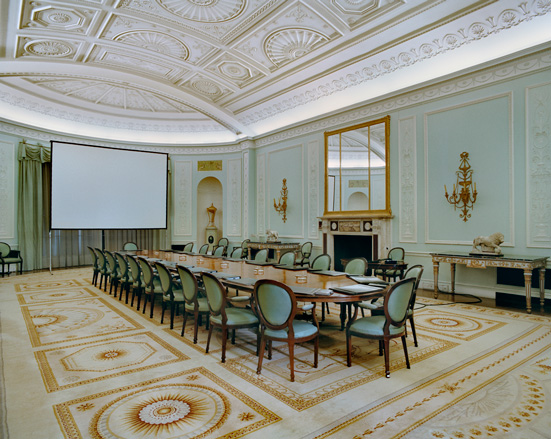
In 1996 when Jacqueline Hassink first published The Table of Power, her photo essays of the boardrooms of Europe’s largest industrial multinationals, she was just 27 and the world was a very different place. It was a landmark project, the first time most of these rooms had ever been seen by the general public.
In the spring of 2009, with the world already in the grip of financial crisis, the Dutch-born, New York-based artist decided to take another look at Europe’s economic landscape through its boardrooms, and to see how boardroom design, revenue and employee numbers in Europe’s upper corporate echelons had changed. The Table of Power 2, Hassink’s fourth project with creative director Irma Boom, is an intriguing study of power from an altogether unexpected perspective that provides a rare glimpse into the privy councils of the new millennium.
We caught up with Hassink to find out more...
Wallpaper*: The Table of Power 2 opens up the boardrooms of some of Europe’s leading corporations including ING Group, BNP Paribas, Banco Santander, Société Générale, Volkswagen and Siemens. How much red tape did you encounter in gaining access?
Jacqueline Hassink: There were many hurdles to overcome, but I think because of the internet and mobile devices, our boundaries of private and public spaces have changed, which means it’s easier to access people in the corporate world. That said, the economic crisis – and the negative image of banks – did make things more difficult.
W*: How long did you spend shooting each of the boardrooms?
JH: About 45 minutes to one hour.
W*: Which impressed you the most?
JH: Boardrooms are like sculptures to me. I walk around them and absorb the three-dimensional qualities of the table and the room. Dexia’s boardroom table is handmade from very beautiful wood. It almost looks like a sculpture.
W*: Are we correct in assuming there’s a very masculine feel to all the boardrooms?
JH: CEOs in European corporations usually influence the design of the boardroom and one of our findings on this project was that between 1995 and 2010, there were no female CEOs heading the top 40 European companies on Fortune’s Global 500. I also understood that it’s important for the boardroom to be practical in the sense that it’s a place for making decisions, so there shouldn't be too many objects distracting from that decision-making. One could say that that is a masculine way of thinking.
W*: What was the goal of the Laboratory section of the book? Was it simply an interesting compilation of figures or ranking of corporations by country, or were you trying to see if there was some kind of connection with the boardroom?
JH: The idea of the Laboratory section was a logical step. Travelling around photographing these rooms, I found I wanted to know the facts about the changes in the European corporate landscape. In New York, I worked with three research assistants collecting data from issues of Fortune magazine published over the past 15 years. Every year, Fortune publishes a ranking list of the world’s largest 500 corporations. I had questions that I wanted answered, such as: How many of the top 40 European industrials participating in The Table of Power (1993-95) remained on Fortune’s Global 500 in the years 2000, 2005, 2009, and 2010? How has the revenue for each European company on Fortune’s Global 500 that participated in both Table of Power projects changed over the 15-year period between the two projects? And on how many continents and in how many countries and territories did the top 10 European corporations on Fortune’s Global 500 have operations over the 15 years since the first Table of Power? We ended up creating 15 maps.
W*: What surprised you the most about the numbers/rankings?
JH: The huge increase in volume and the stagnation in growth around the crisis. We are all geared towards economic growth in this world, and all of a sudden, it felt like the running horse was standing still.
W*: What’s your next project?
JH: I’ve just finished another major body of work: View, Kyoto (2004-11), which will come out in 2013. Since 2004, I have spent a month or so almost every year in Kyoto documenting the relationship between private and public space in Zen Buddhist temples and their gardens.
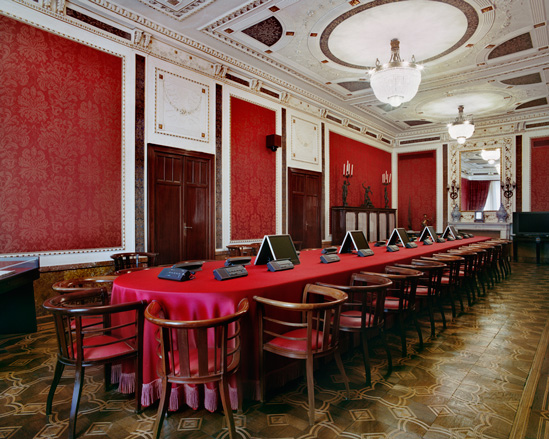
The boardroom of Italian insurance company Assicurazioni Generali, Venice, Italy
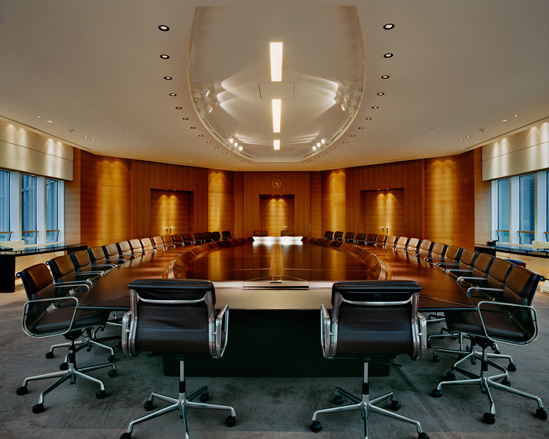
The boardroom of multinational oil company Total, Paris, France
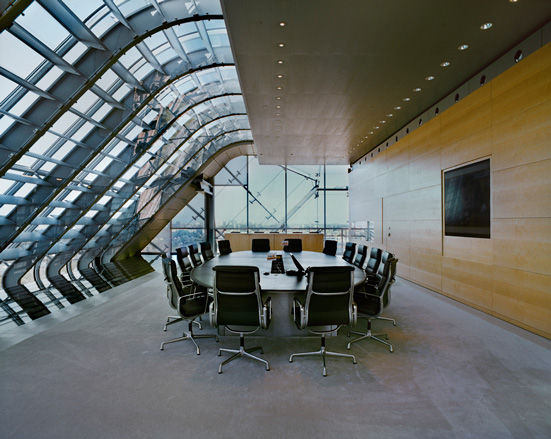
The boardroom of global financial institution ING Group, Amsterdam, The Netherlands
Wallpaper* Newsletter
Receive our daily digest of inspiration, escapism and design stories from around the world direct to your inbox.
Daven Wu is the Singapore Editor at Wallpaper*. A former corporate lawyer, he has been covering Singapore and the neighbouring South-East Asian region since 1999, writing extensively about architecture, design, and travel for both the magazine and website. He is also the City Editor for the Phaidon Wallpaper* City Guide to Singapore.
-
 Sotheby’s is auctioning a rare Frank Lloyd Wright lamp – and it could fetch $5 million
Sotheby’s is auctioning a rare Frank Lloyd Wright lamp – and it could fetch $5 millionThe architect's ‘Double-Pedestal’ lamp, which was designed for the Dana House in 1903, is hitting the auction block 13 May at Sotheby's.
By Anna Solomon
-
 Naoto Fukasawa sparks children’s imaginations with play sculptures
Naoto Fukasawa sparks children’s imaginations with play sculpturesThe Japanese designer creates an intuitive series of bold play sculptures, designed to spark children’s desire to play without thinking
By Danielle Demetriou
-
 Japan in Milan! See the highlights of Japanese design at Milan Design Week 2025
Japan in Milan! See the highlights of Japanese design at Milan Design Week 2025At Milan Design Week 2025 Japanese craftsmanship was a front runner with an array of projects in the spotlight. Here are some of our highlights
By Danielle Demetriou
-
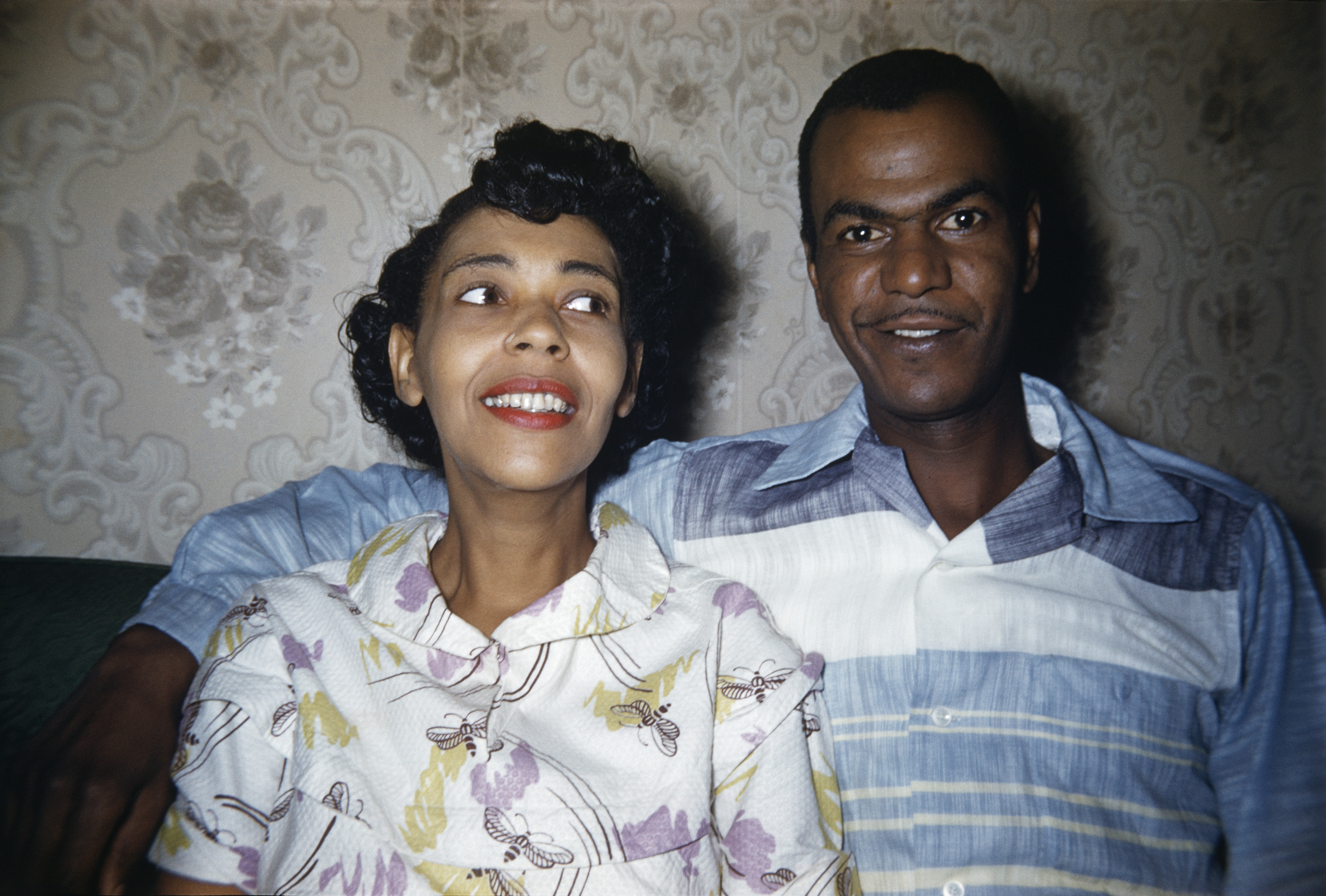 ‘Dressed to Impress’ captures the vivid world of everyday fashion in the 1950s and 1960s
‘Dressed to Impress’ captures the vivid world of everyday fashion in the 1950s and 1960sA new photography book from The Anonymous Project showcases its subjects when they’re dressed for best, posing for events and celebrations unknown
By Jonathan Bell
-
 Daniel Arsham’s new monograph collates the works of the auto-obsessed American artist
Daniel Arsham’s new monograph collates the works of the auto-obsessed American artist‘Arsham Motorsport’ is two volumes of inspiration, process and work, charting artist Daniel Arsham’s oeuvre inspired by the icons and forms of the automotive industry
By Jonathan Bell
-
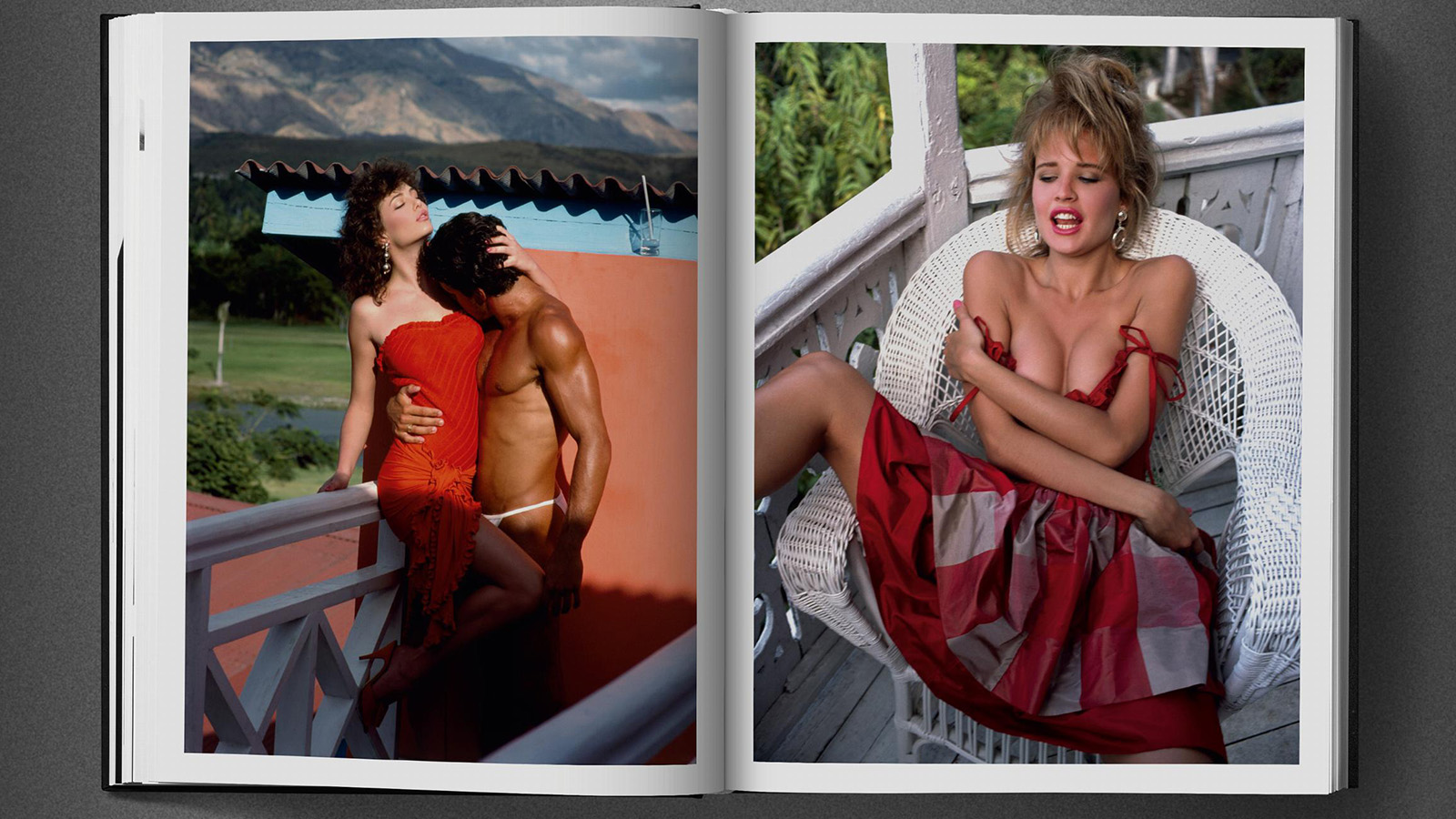 Era-defining photographer David Bailey guides us through the 1980s in a new tome not short of shoulder pads and lycra
Era-defining photographer David Bailey guides us through the 1980s in a new tome not short of shoulder pads and lycraFrom Yves Saint Laurent to Princess Diana, London photographer David Bailey dives into his 1980s archive in a new book by Taschen
By Tianna Williams
-
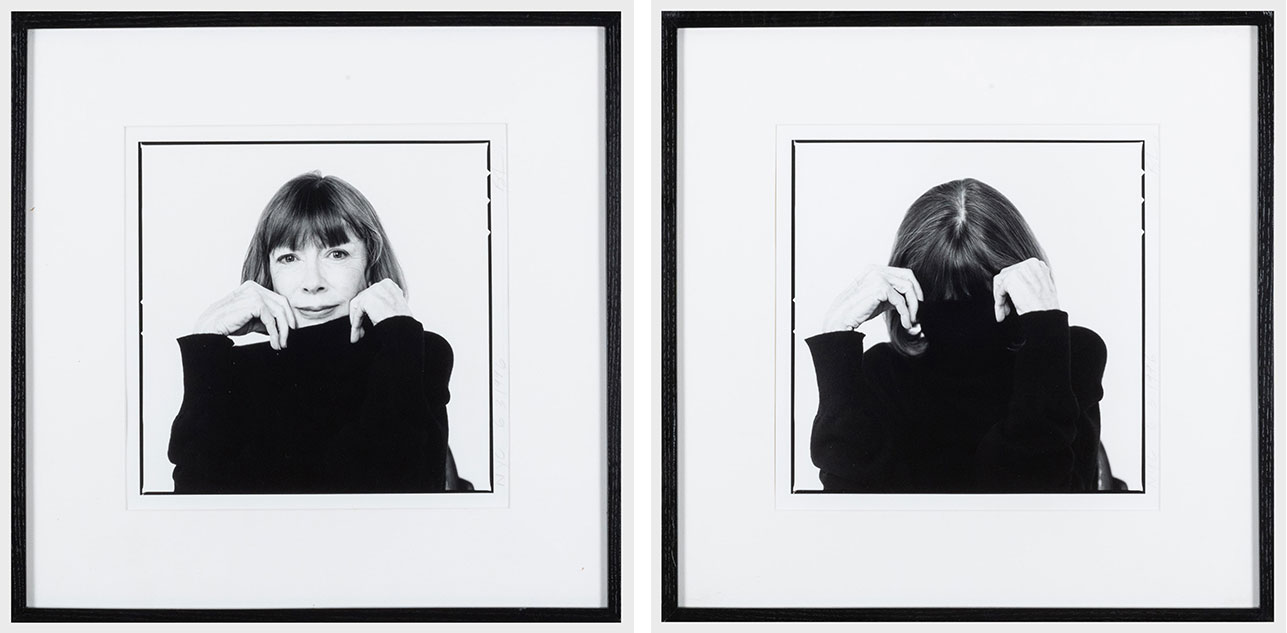 Inside Joan Didion’s unseen diary of personal relationships and post-therapy notes
Inside Joan Didion’s unseen diary of personal relationships and post-therapy notesA newly discovered diary by Joan Didion is soon to be published. Titled 'Notes to John', the journal documents her relationship with her daughter, husband, alcoholism, and depression
By Tianna Williams
-
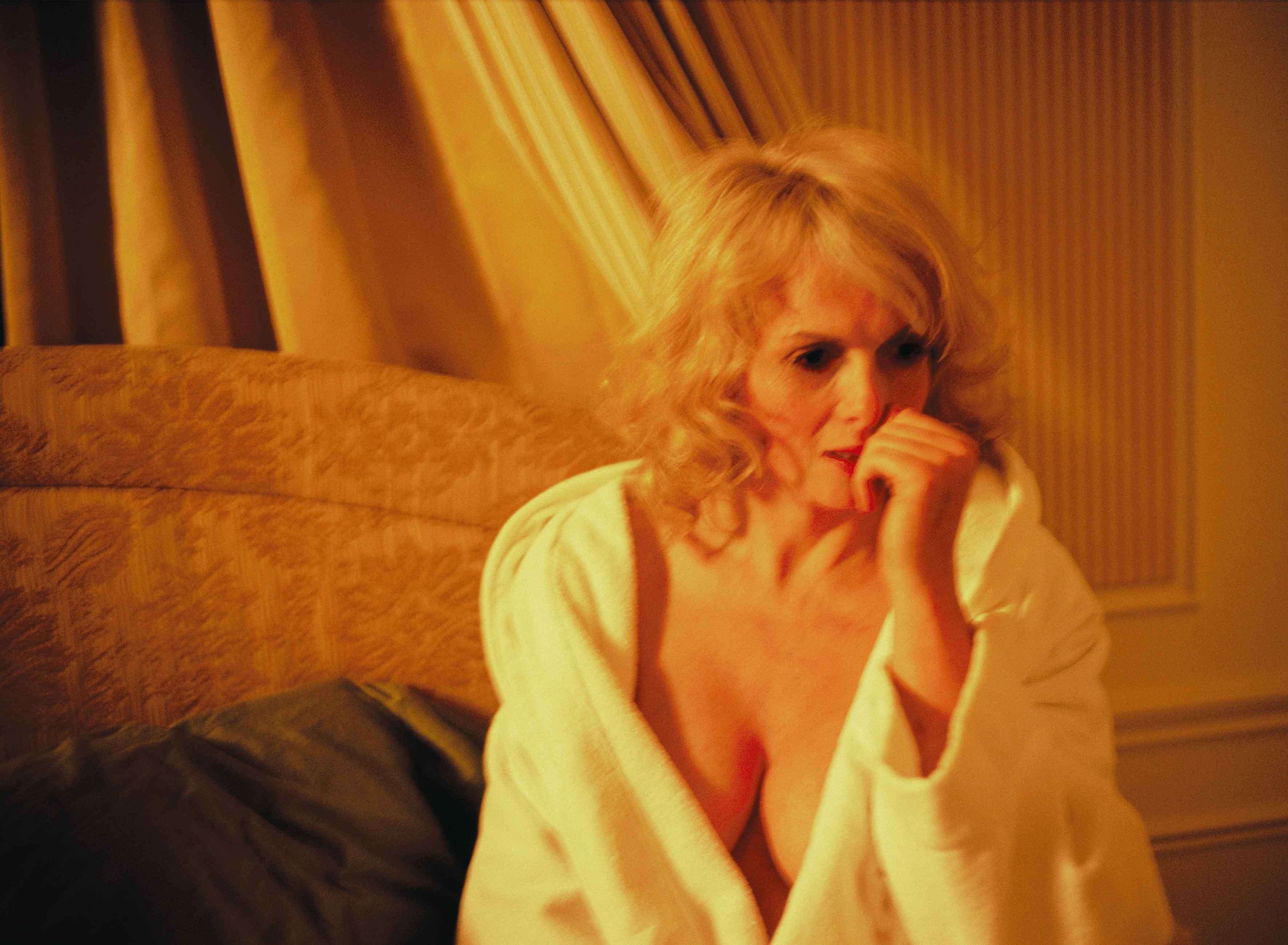 Carsten Höller’s new Book of Games: 336 playful pastimes for the bold and the bored
Carsten Höller’s new Book of Games: 336 playful pastimes for the bold and the boredArtist Carsten Höller invites readers to step out of their comfort zone with a series of subversive games
By Anne Soward
-
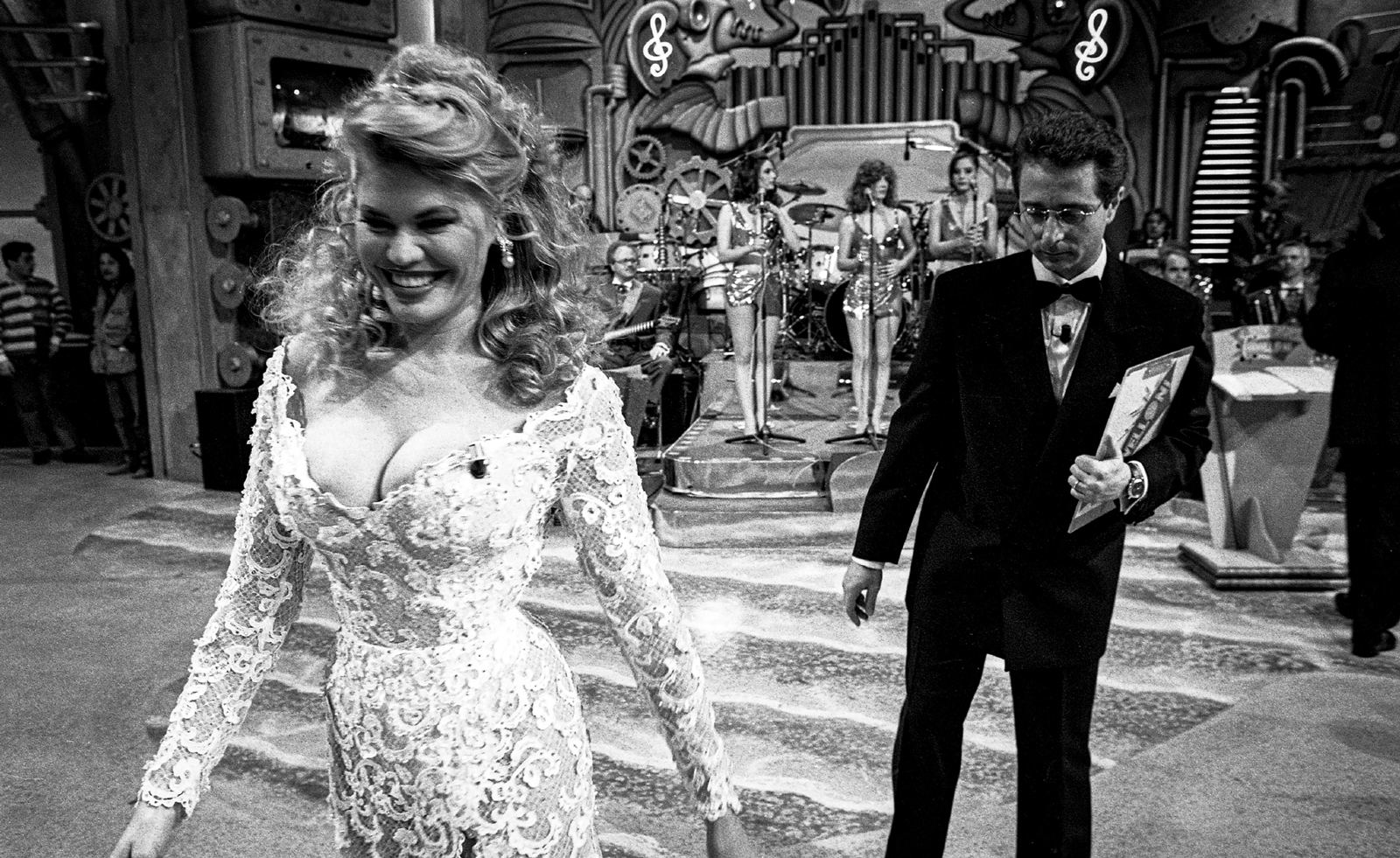 Distracting decadence: how Silvio Berlusconi’s legacy shaped Italian TV
Distracting decadence: how Silvio Berlusconi’s legacy shaped Italian TVStefano De Luigi's monograph Televisiva examines how Berlusconi’s empire reshaped Italian TV, and subsequently infiltrated the premiership
By Zoe Whitfield
-
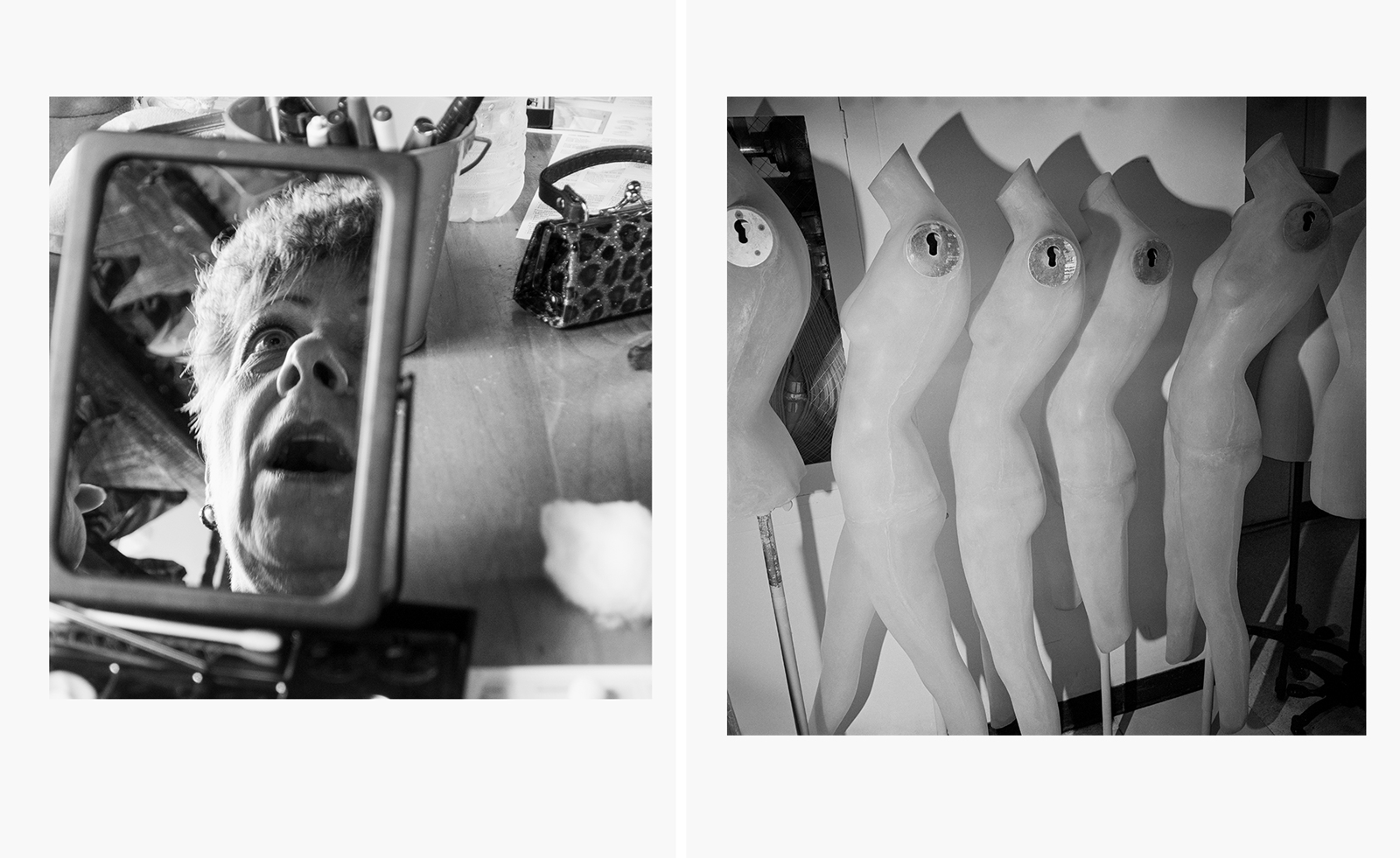 How a sprawling new book honours the legacy of cult photographer Larry Fink
How a sprawling new book honours the legacy of cult photographer Larry Fink‘Larry Fink: Hands On / A Passionate Life of Looking’ pays homage to an American master. ‘He had this ability to connect,’ says publisher Daniel Power
By Jordan Bassett
-
 New Jay-Z coffee-table book dives into the Brooklyn rapper's archives
New Jay-Z coffee-table book dives into the Brooklyn rapper's archives'Book of HOV: A Tribute to Jay-Z' is a hefty tome for a hefty talent
By Craig McLean